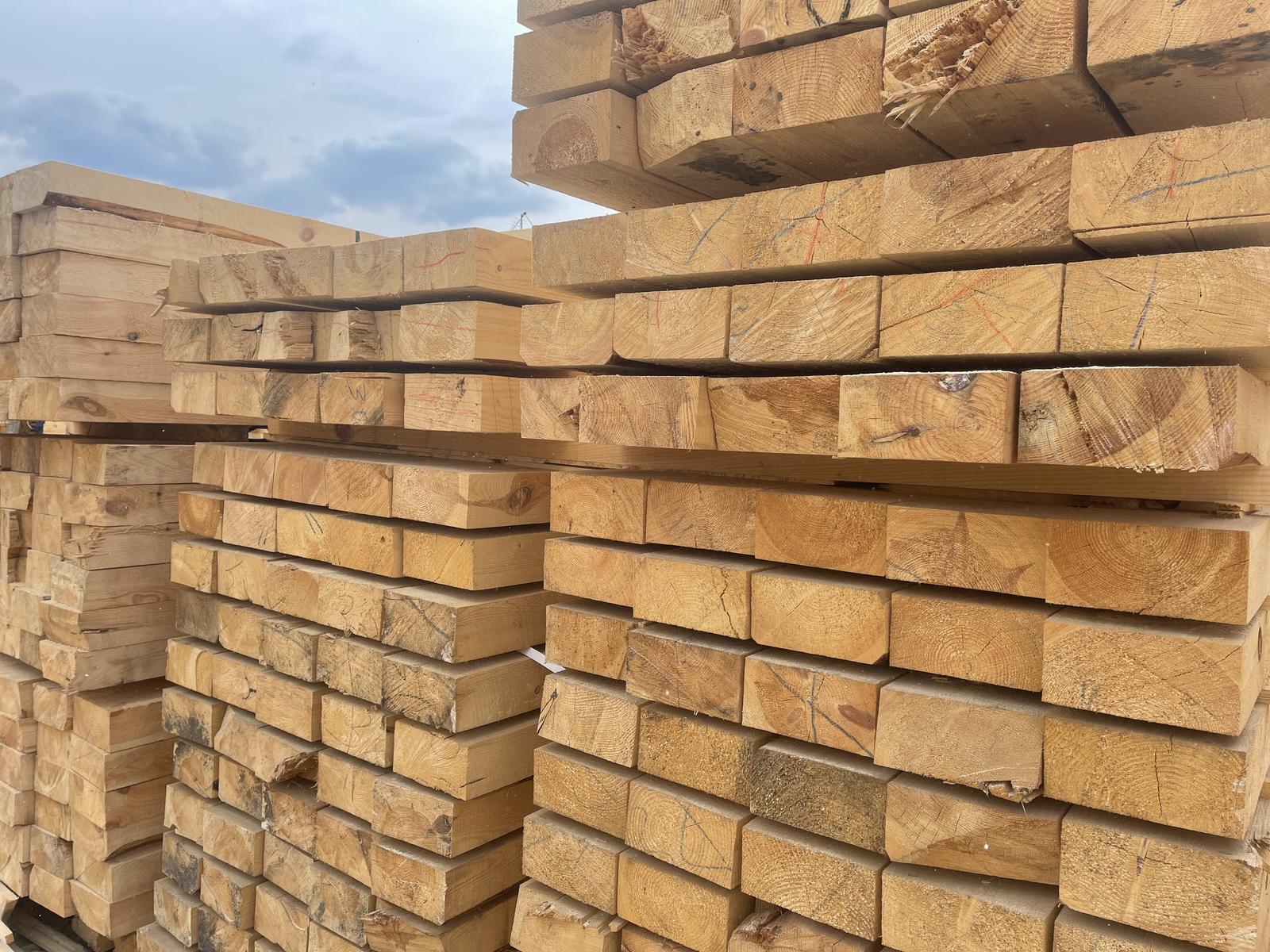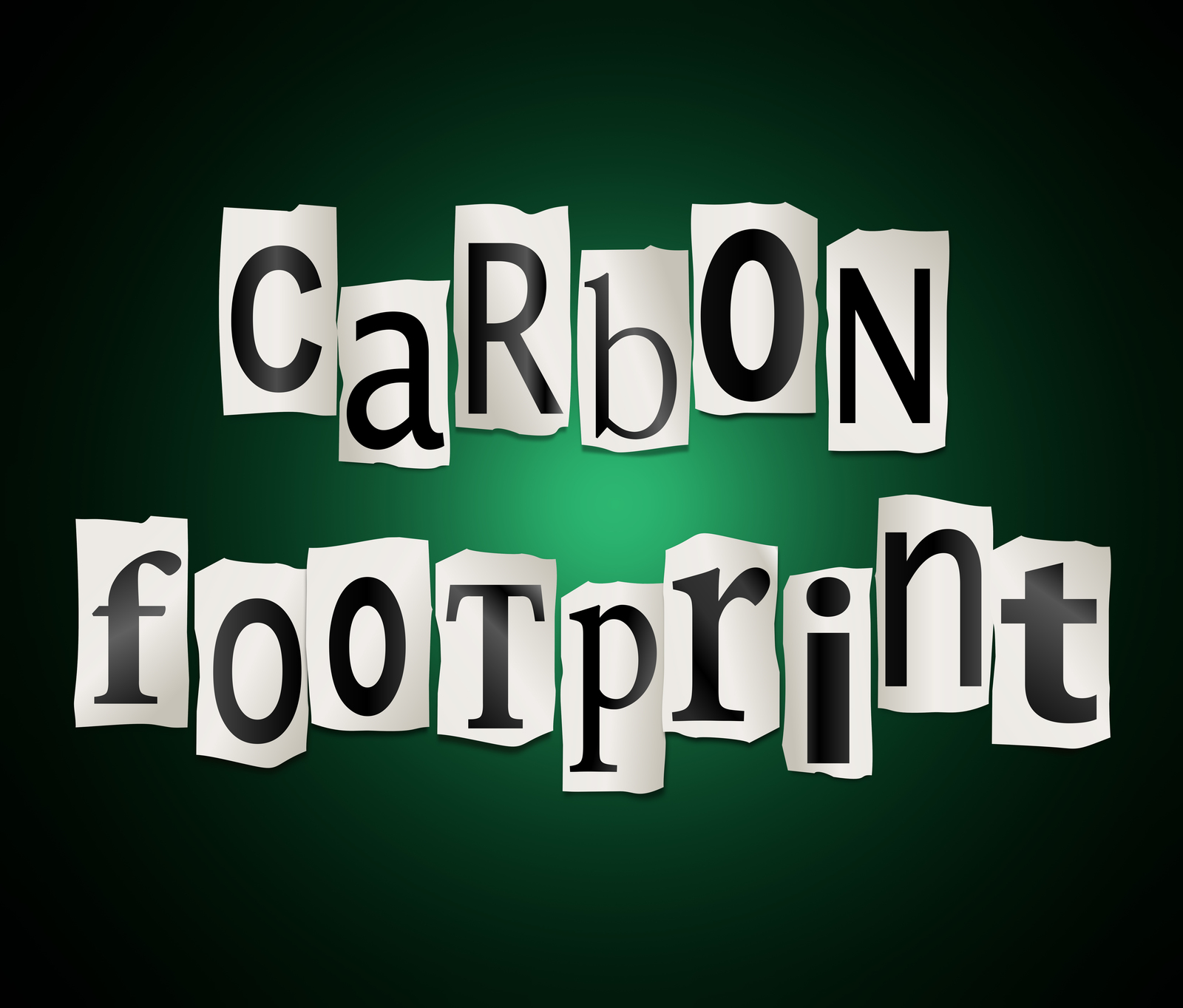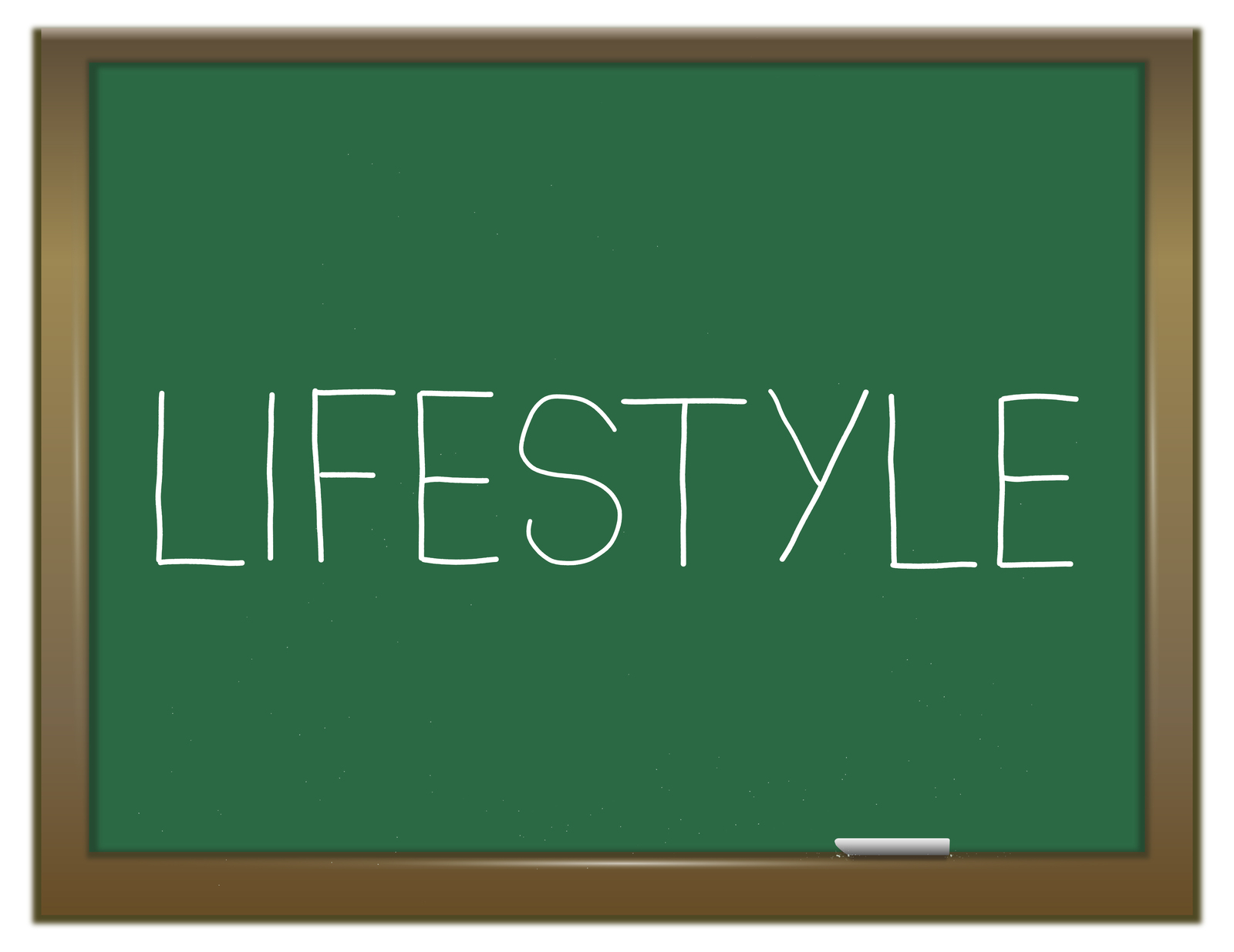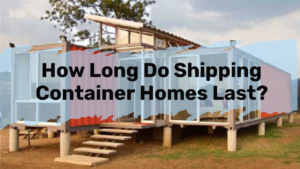Tiny houses have steadily been growing in popularity within the United States thanks to its mobility, affordability, and sustainability. These benefits are clearly quite appealing to a modern-day homeowner who’s looking to save more money on home maintenance costs, as well as having the added benefit of being able to move.
Another key advantage of tiny houses is the fact it’s way more energy efficient than a regular house, which scores big with homeowners who care deeply about the environment. These homeowners looking to live more sustainably are living their lifestyle by opting for tiny houses — but exactly how energy efficient is a tiny house? Let’s find out.
Energy Usage Of Tiny Houses VS Regular Houses


One thing you should keep in mind is that regardless of how you power up your tiny house, you’re saving energy no matter what.
This is mainly because tiny houses are built with energy efficiency in mind and the fact that it requires much less power consumption (given its size) compared to a regular house.
To give you an idea, a typical tiny house on average uses about 7% of energy compared to traditional housing.
Given the size differences of these types of houses, it’s not hard to imagine why a tiny house would consume much less energy to begin with.
Just think, larger houses require about 20 to 40 light bulbs to light rooms as well as nooks and crannies within the house.
Tiny houses definitely do not need that many lighting fixtures, especially with how it can harness one great natural source of light — the sun.
A lot of tiny houses are designed in such a way that it utilizes sunlight in the best possible way. This can be done by having more windows or even by having a single-walled window.
With these specialized designs, there would be fewer light bulbs needed to light up the entire space within a tiny house.
Then there are other house equipment and devices that you’ll need electricity for. Once again, size matters in this comparison because there’s really no point in getting different kitchen or entertainment equipment given the size of your living space.

On top of that, a lot of tiny house owners have committed themselves to a more minimalist way of living, which also contributes to having less material possessions that require power consumption.
Types Of Energy That Tiny Houses Use
Of course, power consumption within tiny houses do differ and this is with the way in which you power up your home. The type of energy you choose does directly impact your overall power consumption.
So, prior research of the most common types of energy used in tiny houses, can help you assess how it can fit with your chosen lifestyle, your budget, and your day to day living.

Fuel Power
Fuel power is mainly used to power up appliances plus hot water tanks in a tiny house. While most homeowners choose some variation of propane, more and more are going for a greener fuel movement by using reused oils.
The downside, however, in choosing to use cleaner oils to power your tiny house, is that it’s a lot less convenient to get.
You’ll need to make sure that you have a go-to supplier, who can safely and legally supply you with clean fuel in the area that you’re living in.
Solar Power
When we talk about solar power, we don’t exactly mean that you’ll need to build your roof with solar panels.
These can be quite costly and can be quite daunting for a first time homeowner. The way in which you can harness solar power is to start out small by buying appliances that run on it.
Naturally, you’ll also need to have a tiny house that’s designed to harness solar power in the first place. In choosing or building a tiny house, you need to pay attention to the sky.
Where you place these solar power appliances should have a clear view of the sun for most of the day. This allows you to rely heavily on solar power and thus requiring less use of other forms of power consumption that you’ll end up paying more for.


External Generators
If you intend to move or drive your tiny house around, you would have to rely on an external generator or power grid at some point. Remember that cities have different requirements for tiny houses and some require for these homes to be hooked to their power grid. Of course, there are some loopholes to this clause, in which you’ll also have the option of using an external power generator instead.
A great benefit of external generators is its convenience, especially if you’re just staying for a short amount of time in a certain place. However, solely relying on fuels to run the generator can quickly add up and become even more expensive as you stay longer.
How Can You Make Your Tiny House Energy Efficient?
It can be quite difficult to customize your space if you already have a tiny house to begin with. If you don’t have single-walled windows, don’t worry because there’s still a number of ways in which you can save on power costs and make your tiny house more energy efficient.

Buy Energy-Saving Light Bulbs
Light bulb usage can really rack up your power bills if you’re not being mindful about it. From its placement to the type of light bulbs you use, it’s important to look into what would give you the lighting you need and save more in the long run.
It’s a good thing that there are lots of energy-saving bulbs that last for years without needing to be replaced. This type of lighting fixtures are designed to use low wattage, so the cost is less.
It’s also vital to consider the type of area you’re lighting before getting a light bulb for it. If it’s just a small space, a softer LED bulb instead of high intensity light, will save with consumption and cost.
Look Into Other Renewable Energy Sources
If you want to truly live a more sustainable lifestyle, you can look into other forms of renewable energy sources. This includes solar energy, as well as wind energy.
This type of energy can be often overlooked mainly because making the transition to wind energy is not an easy one to make.
But while it can be difficult, it is very much possible given how the wind’s energy has long been used to power plants and factories for many years.
Once you do make a successful switch to harnessing the wind’s power, you’re bound to cut down energy costs more drastically — saving up to 85% on your average monthly energy bills.
You’ll also be friendlier to the environment by going for this renewable source of energy.


Check Your Windows and Refrigerator
Having properly sealed windows and refrigerator can also spell out a huge difference in how your tiny house consumes energy. This is even more relevant during colder months, especially if you live in a place with a harsh winter season.


Just think about how much heat and air fly out of your tiny house with windows that are not properly sealed.
During cold weather, you will need heating throughout the house, which uses a lot of energy. If the heat is not properly concealed within your home, your power usage increases as well as the expense.
The same idea applies for refrigerators without proper sealing. That rubber seal on the side of the fridge’s door is meant to keep cold air inside.
However, even just a small breakage of that seal can result in your food not being stored properly stored which becomes more expensive in the long run.
By doing regular checks on your windows and refrigerator all of this can be prevented.
Proper Ventilation for Your Bathroom
It may come as a surprise but your bathroom also contributes to increasing your power consumption. Thank goodness that tiny home bathrooms are on the smaller side.
Bathrooms are high humidity areas and our first instinct would most likely be to open a window. While this is an easy solution, you’ll have to consider the heat you’re losing by doing so.
You also need to realize that opening a window can trigger either the central AC or heating unit to kick on in order to bring your home’s temperature to a comfortable level.
Two simple solutions in dealing with this is by having a shower fan and a reliable dehumidifier. The fan would work to clear the steam inside the bathroom, which would make it easier for you to breathe.
A dehumidifier would then help in reducing the humidity in the air, so there’s no reason to even consider opening a window in the first place!

Experiment with Various Types of Energy Sources
The beauty of tiny houses is the flexibility it affords you. This flexibility not just applies with your freedom of mobility, but it also applies to the types of energy sources you can use to power your house up compared to a typical house.
Regardless of your reasons, whether it’s to save money, to live a more sustainable lifestyle, or even both, you have the power to choose what type of energy source to use that best fits your main purpose.
Other Environmental Benefits Of Tiny Houses
There are more ways that tiny houses can be better for the environment. This would bode well with you, especially if what you’re aiming for is reducing your carbon footprint and sustaining a more conscious way of living.
More Environment-Friendly to Build
Whether you’re building a tiny house or purchasing a ready-made one, the way it was built comes into play of being friendly to the environment.
For one, a small house would obviously require much less materials needed. Just think about how a regular-sized house would need several truckloads of lumber, while a tiny house, which could be built with just half of one truckload.
This already means fewer trees cut down, less fuel burned in transportation of materials, plus other related benefits.


If that’s not enough, there are also more opportunities to reduce your carbon footprint thanks to having less maintenance efforts and the potential to use recycled materials.
Compared to a bigger house, you’ll most likely have just one bathroom inside your tiny house. This immensely lessens the need to do repairs and fixture replacements in the long run.
Which contributes to saving more money and having a much less need to use up various resources.
Fewer Possessions Result to Less Waste
It also stands to say that given your smaller space, you’ll have fewer possessions within a tiny house compared to a regular-sized one.
Living in a tiny house allows you to filter through the possessions you intend to keep with you in your home.
This eliminates the potential for hoarding or for buying unnecessary material objects that take up a lot of space and might even consume more power.

Having and buying less stuff directly results to having less waste in the long run. It simply means that with a lower consumption, you’ll also have a lower environmental impact. This paves the way for a more environmentally-friendly way of living given how you value your space and your possessions.


Harnesses a Deeper Connection to the Environment
With all this talk about caring for the environment, we also have to realize that not everyone who has a tiny house is deeply concerned about saving the environment.
There are several other reasons for getting a tiny house – mobility, saving money, etc. However, without knowing it, a connection does occur, mainly due to the reliance on nature for many basic needs, which can include heat, electricity, and water.
Many tiny home owners learn to not take anything for granted and to appreciate the experiences along the way.
The Bottom Line
We’ve established that tiny houses are in fact more energy efficient than traditional houses. The fact that it’s able to use less than 10% energy of that of regular homes already says a lot about how it can be very friendly to the environment.
Not to mention, the savings in building, furnishing and upkeep – tiny homes, an alternative lifestyle!


